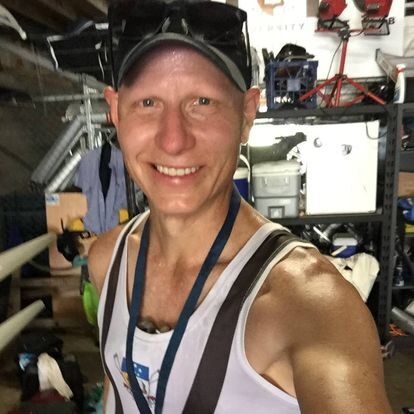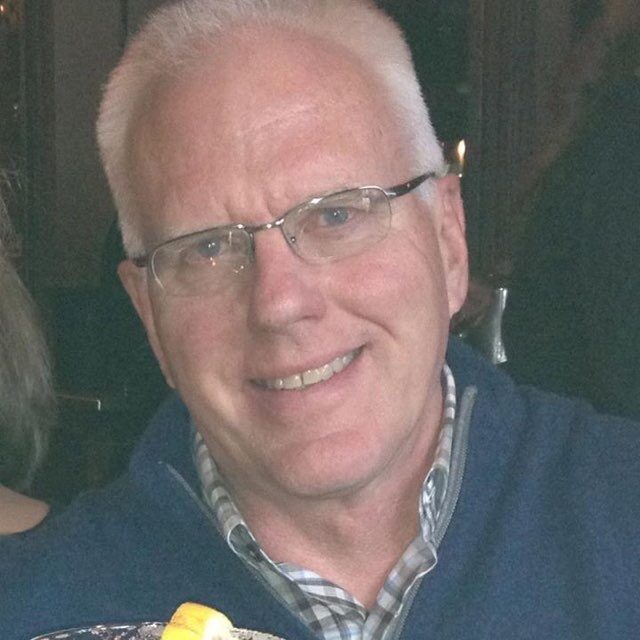Coaching
I mentor and coach only ten Masters Rowers each year, and these athletes, have high goals relative to their abilities, and the potential to achieve them. These clients receive an exceptional level of service and expertise based on over 20 years of coaching and over 30 years of racing experience.
The services I provide to clients, include:
- Bi-annual, physical power assessment (testing done remotely)
- A personally customised and periodised training program
- All training–related support such as annual training plan, daily schedules
- Mental skills enhancement and sports-nutrition consulting
- Training plans loaded into TrainingPeaks.com available on the TrainingPeaks App
- Bi-monthly Live Call review of training progress to plan and adaption
- Regular and frequent contact via email and WhatsApp.
Consulting
I consult to Masters Athletes that would like me to review their training plans, or to give guidance on specific training interventions.
For more information on consulting, please email Bill directly.
Testimonials
Bill is the mentor you probably don't realise you really need until you start his program. As a busy professional and a past elite athlete, I thought I could plan and execute my own training effectively. Without Bill's knowledge, guidance and mentoring, progress was always going to be limited with this approach. With Bill's support, as I turn 50 this year, I have rediscovered the mental and physical resilience, strength, injury avoidance and general health that comes from persistent application. Gold at the Australian Masters is one of my goals, and Bill has mapped a path towards that goal that is structured but flexible and able to be delivered and managed virtually between Switzerland and Australia. I highly recommend Bill and his 'Faster' program.

Dr Matt Hooper
Australia
I have been working with Bill Chambers about 6 months now. He is an amazing coach and even better person. What really helps is his focus on athlete goals, plans to attain them and in my case looking at this process as a long term lifestyle choice. He has given me the knowledge and understanding of what we are doing and how it impacts me. In essence, he has provided me with the tools to be successful and the belief that I can and will do this.

David Powers
United States of America
Technique
Technique is a big topic, and there a different opinions on how to move the boat fast. These are the guiding principals that I follow personally and with the athletes I coach and mentor.
Connection
Connection 'catch' timing is key to maintaining boat speed because poor timing can slow boat speed. Move the hands and body towards the catch at the speed of the water. The blade should enter/catch the water smoothly at the speed of the boat. One must pay attention to the feeling in the hands and the feet at the point of connection and maintain feeling without forcing pressure against the foot stretcher.
Note, at the start of a race, one may connect and hit the catch harder to get the boat moving with an exaggerated push on the feet to whip the boat forward, thus providing rapid acceleration for about 20 strokes. This does, however, come at a physiological cost and suboptimal movement of mass in the boat.
Drive
Suspend the arms with the body on the drive progressively driving harder with the legs. Power should develop through to 100% at the release, continuously maintaining the same feeling of pressure in the hands and feet through to the release. This requires a build in force through the second half of the stroke as the speed of the boat increases. Remember to push, press and hold the load in the hands and feet together. Move the boat further in the drive phase, relaxing during the recovery in order to let the boat 'glide' thus working for you during the recovery.
Release
Understand the feeling in the hands and feet at the release 'finish' and maintain this feeling without forcing it. Take time as the blade releases and be deliberate with the hand flow down and away, using the velocity and centre of mass acceleration at the finish to really send the boat. Sit tall and tap the hands down and away with the speed of the boat, allowing maximum glide and run of the boat with the handle moving in a continuous flow and with a soft knee break, sit tall to allow the boat to accelerate underneath you as feel the glide up to the catch in one movement, ready to connect with the water at the speed of the boat.
Rhythm & Flow
To keep the boat moving fast, it is critical to manage boat speed movement as carefully as possible. How the boat accelerates and decelerates is greatly influenced by your body's movements, including sequencing, rhythm, power application and momentum.
Sequencing is a key factor of boat velocity. The legs start the movement, the trunk continues, and accelerates the movement. The arms finalise the movement. This sequence is mirrored during recovery. This sequence is supported by data models developed by Dr Valery Kleshnev, Biomechanist and Rowing Science Consultant.
In a crew boat, agree on a meeting point at the finish, move together the hands down and away, break the knees softly, and sit tall, thus allowing the boat to accelerate underneath you. Feel the glide up to the catch in one movement, ready to catch the water at the speed of the boat.
As boat speed increases, your rate and handle speed should increase. The speed of the boat should match the speed of the puddles in the water. Find the flow with the water, without forcing the pressure against the foot stretcher.